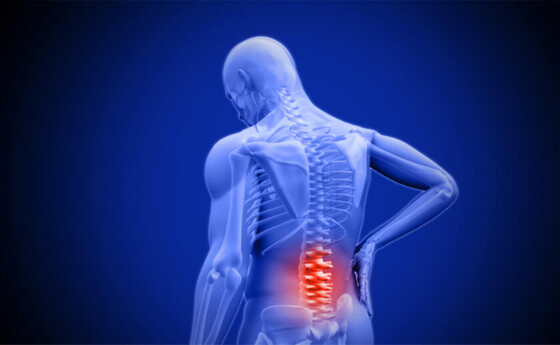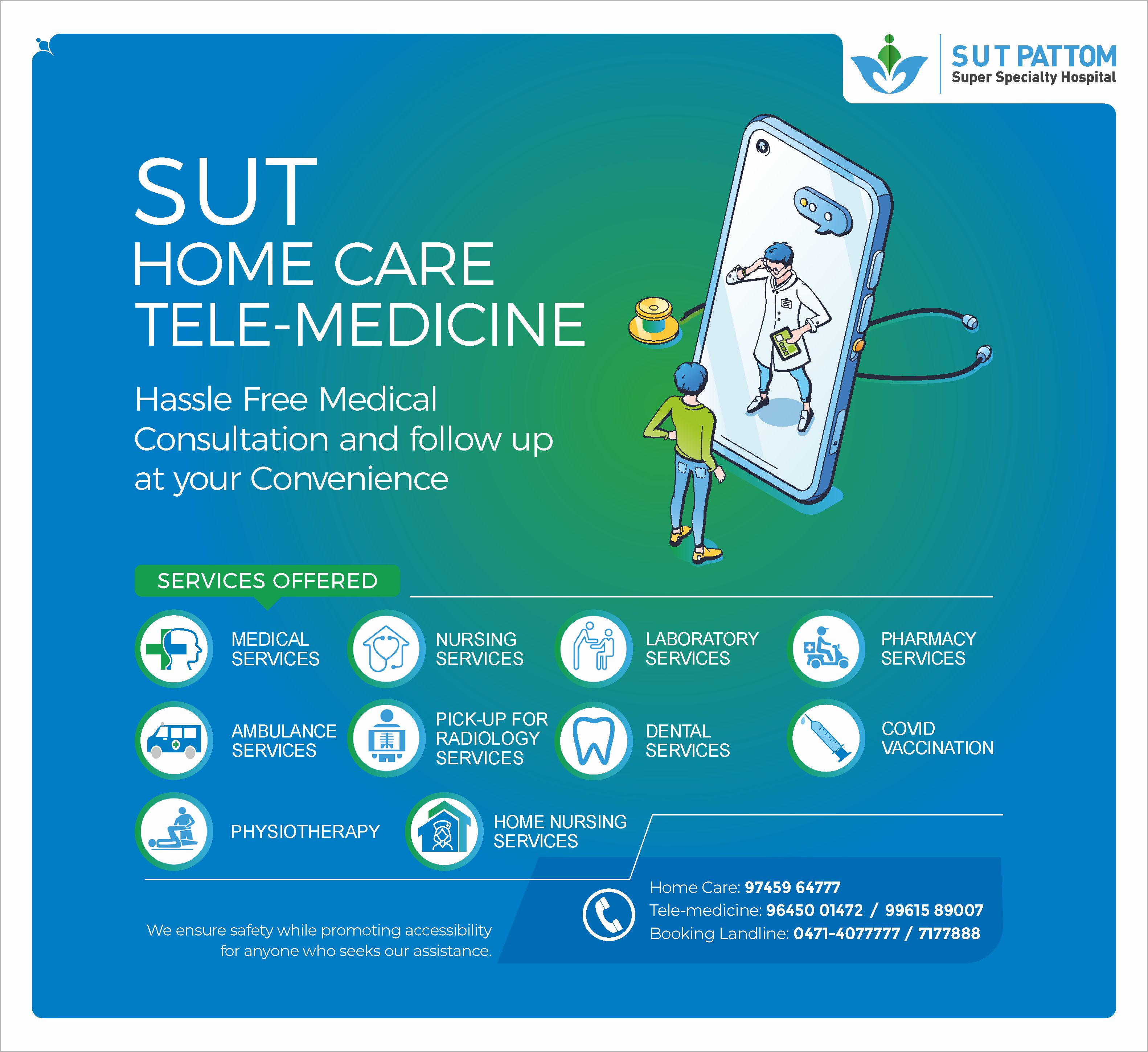- Emergency Ambulance Services
- 8606811111
- 0471-4077777, 0471-7177888
- gro@sutpattom.com
Don’t ignore your back pain! it could be ankylosing spondylitis (AS)
Dr. Glaxon Alex, Consultant Rheumatologist, SUT Hospital, Pattom
Ankylosing spondylitis(AS) is a type of autoimmune arthritis characterised by a decrease in spinal mobility as well as the presence of postural abnormalities( stooped over posture) , buttock discomfort, hip pain, peripheral arthritis, enthesitis (inflammation of the ligaments and tendon), and dactylitis (swelling of fingers or toes). The hallmark of this disease is the involvement of sacroiliac (SI) joint.The SI joint is located at the base of the spine where it joins the pelvis. During the progression of the disease AS can cause bony overgrowth and abnormal joining of the bones leading to bony fusion.The most common symptom are back pain or alternating buttock pain. The pain is usually maximum in the morning after the patient wakes up with an early morning stiffness lasting for more than 30 minutes. If this symptom lasts for more than 3 months and progressive then it’s likely to be AS. AS is not always limited to bones and joints. It is a chronic systemic inflammatory disease and can cause pain and redness of eyes (uveitis) and also rarely affects lungs and heart. It is frequently diagnosed in patients under the age of 40, and about 80% of patients experience their first symptoms before the age of 30.the The usual age group affected ranges from 15-45 although any age group can be affected including children. Men are at a higher risk than women to have AS( ratio 3:1) and also risk is higher in relatives of the patient who are affected with AS. The global prevalence of AS is 1.4 % and according to reports, there are currently 16.5 lakh people in India who are diagnosed with AS and according to a recent study by Global Data, the number is expected to increase at a rate of 2.95% annually. Because this disease is poorly understood around 70 % of patients either receive a wrong diagnosis or remain asymptomatic, which worsens their condition and significantly delays the treatment. Early diagnosis and medical intervention can reduce the symptoms and prevent permanent deformities. The exact aetiology of AS is still unknown but there is strong genetic and familial link. Furthermore environmental factor such as recurrent infections may trigger the disease in patients who are genetically predisposed .About 90 % of AS people carry the gene HLA B27 . Although the gene is carried by 10 % of people who doesn’t have the disease. AS is usually diagnosed and managed by a rheumatologist. A thorough physical examination and investigations like ESR , CRP ( markers of inflammation), X-rays , gene testing for HLAB27 and sometimes MRI of the SI joints and spine may be required for accurate diagnosis. The aim of treatment is the reduce symptom of pain and stiffness, prevent permanent deformities and preserve the ability to perform normal activities of living. Management of AS is usually done better as team approach which includes the patient, doctor,physiotherapist, occupational therapist and psychologist. Sometimes severe disease may need orthopaedic surgery for fusion and replacement of damaged joints so as to help restore functionality.Non-steroidalanti-inflammatory drugs (NSAIDS) are the first and most commonly used drugs. It reduces pain and stiffness. But its role in preventing structural damage and deformities are limited. For people with moderate to severe disease, disease modifying anti rheumatic drugs (DMARDS) are used along with or without NSAIDS. Biological therapy with Anti TNF and JAK inhibitors has revolutionised the management of AS patients in controlling inflammation , halting deformity and preventing damage. World Ankylosing Spondylitis (AS) Day has been observed globally on the first Saturday of every May This year, 2023, the World Ankylosing Spondylitis Day theme is “Moving for axSpA” emphasising the importance of physical activity in patients with ankylosing spondylitis. The purpose of World AS Day is to raise awareness about axial spondyloarthritis (axSpA), which encompasses ankylosing spondylitis and other related conditions.Regular physical activityand positively affect patients physical and mental health of people with AS . As a result, the patient may experience less pain and stiffness, better sleep, and more energy. Taking even a few steps every day will help alleviate symptoms.









